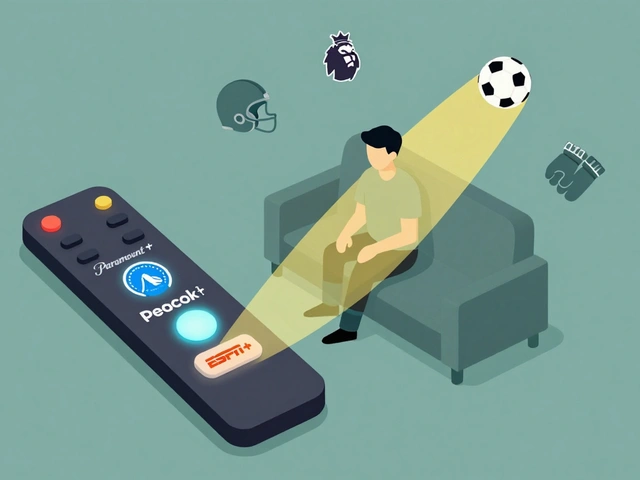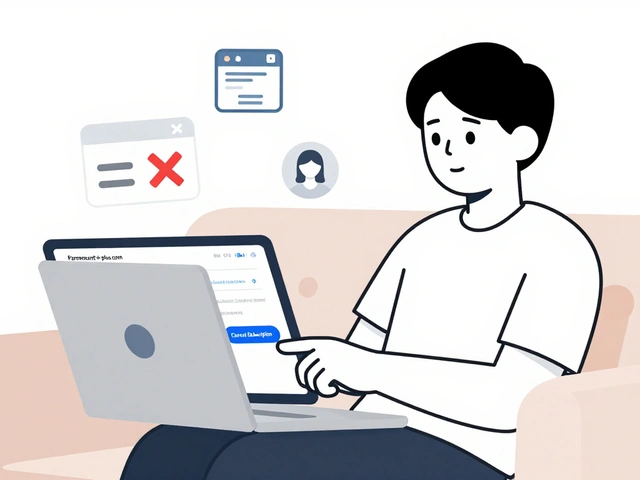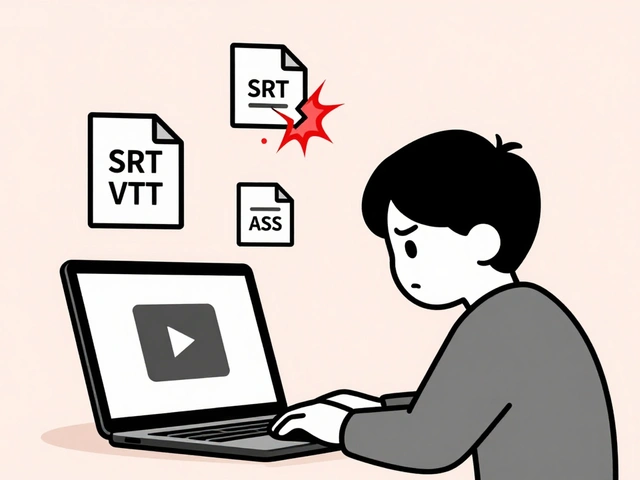Cut Streaming Subscription: How to Cancel, Save Money, and Avoid Hidden Fees
When you decide to cut streaming subscription, the act of ending a paid video service to reduce monthly costs or avoid unwanted charges. Also known as canceling a streaming plan, it’s not just hitting delete—it’s about making smart choices so you don’t overpay for content you barely watch. Many people keep subscriptions they don’t use because they forget to cancel, or they’re scared of losing access to their favorite shows. But you don’t have to live with $80 a month in streaming bills just because it’s convenient.
One big reason people overpay is retention offers, discounts streaming services give you when you try to cancel. Also known as churn prevention deals, these are real—Netflix, Hulu, and Disney+ all use them. They know you’re about to leave, so they’ll offer 30% off or a free month to keep you. You don’t have to wait until you’re ready to cancel to ask. Call or chat and say, "I’m thinking of canceling. What can you do?" You’d be surprised how often they respond.
Another hidden cost is family group management, how shared accounts can lead to overpayment when members aren’t tracked. Also known as subscription sharing, it’s common for households to have 5 people on one plan but only 2 actually use it. Add kids’ profiles, turn off autoplay, and check who’s logged in. You might find someone’s using your account to watch anime or old sitcoms you don’t care about.
Then there’s the problem of email filters for streaming promos, how promotional emails trick you into signing up for trials you forget to cancel. Also known as free trial traps, these are everywhere. You sign up for a 7-day trial of a new service, then three weeks later, $15 disappears from your bank. Set up filters to label all trial and renewal emails. Move them to a folder called "Streaming Trials" so you can review them once a month instead of getting shocked by charges.
You don’t need to ditch all your streaming services to save money. You just need to be intentional. Some people cut one service and add back another only when a new show drops. Others switch to cheaper plans, like ad-supported tiers. A few even rotate services monthly—watch Netflix in January, Max in February, and so on. It works if you’re selective.
And it’s not just about canceling. It’s about understanding what you’re paying for. A streaming service discount, a reduced price offered to keep you subscribed. Also known as price reduction, isn’t always a permanent deal. Some are time-limited. Others are only for new users. Know the difference so you don’t get stuck paying full price after a promo ends.
Below, you’ll find real guides on how to organize your apps, use data saver modes, set up kids’ profiles, and get real discounts when you cancel. No fluff. No upsells. Just clear steps to take control of your streaming bills—so you pay less and watch more of what you actually love.
10
How to Downgrade Your Streaming Plan Without Losing Access to What You Need
Learn how to downgrade your streaming plan to save money without losing access to your favorite shows. Step-by-step guides for Netflix, Disney+, Stan, and more.
Latest Posts
Popular Posts
-
 App Layout Strategies: Organize Streaming Services by Genre and Use
App Layout Strategies: Organize Streaming Services by Genre and Use
-
 Paramount+ with Showtime vs. Peacock Premium vs. ESPN+: Which Sports Add-On Fits Your Viewing Habits?
Paramount+ with Showtime vs. Peacock Premium vs. ESPN+: Which Sports Add-On Fits Your Viewing Habits?
-
 Breakout Indies at the Box Office: How Word-of-Mouth Made These Films Blockbusters
Breakout Indies at the Box Office: How Word-of-Mouth Made These Films Blockbusters
-
 How to Cancel Paramount+: Step-by-Step Guide
How to Cancel Paramount+: Step-by-Step Guide
-
 Why Subtitles Aren't Working: Fix Common Video Text Issues
Why Subtitles Aren't Working: Fix Common Video Text Issues



